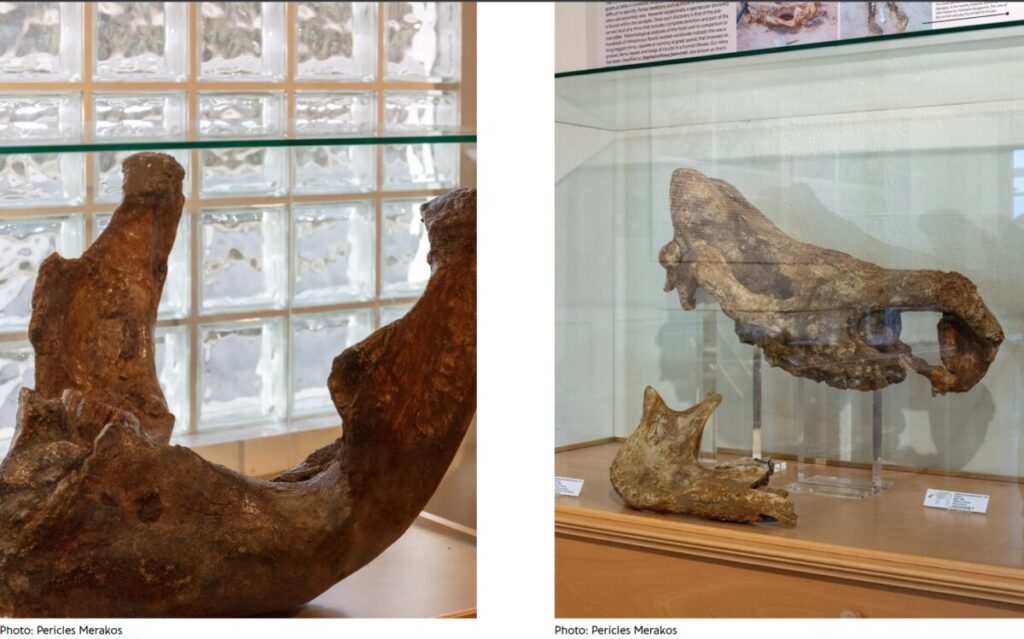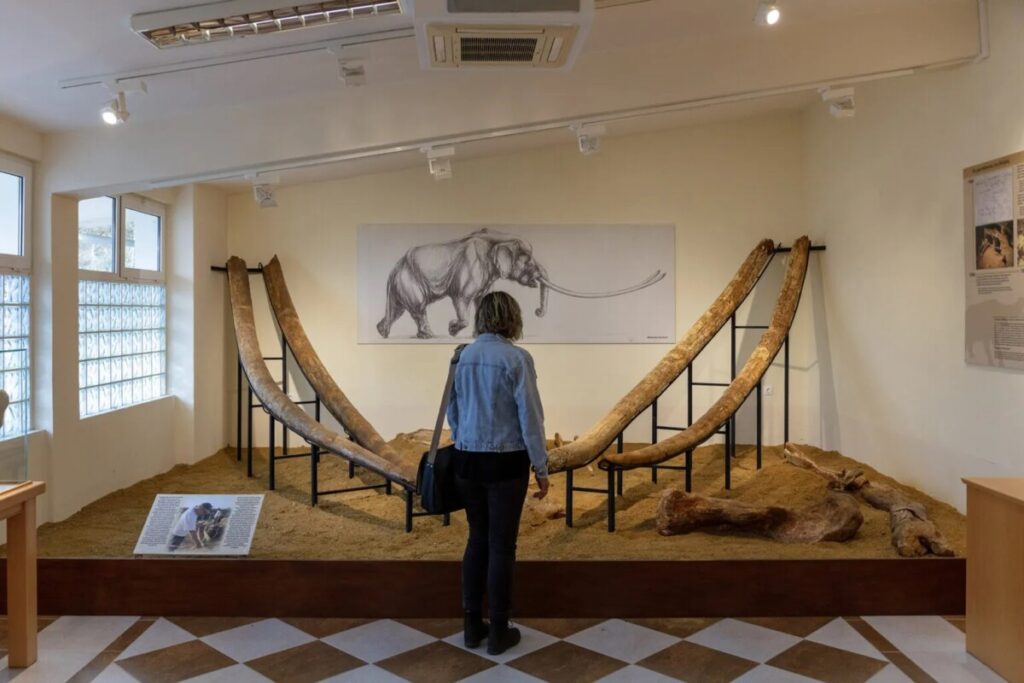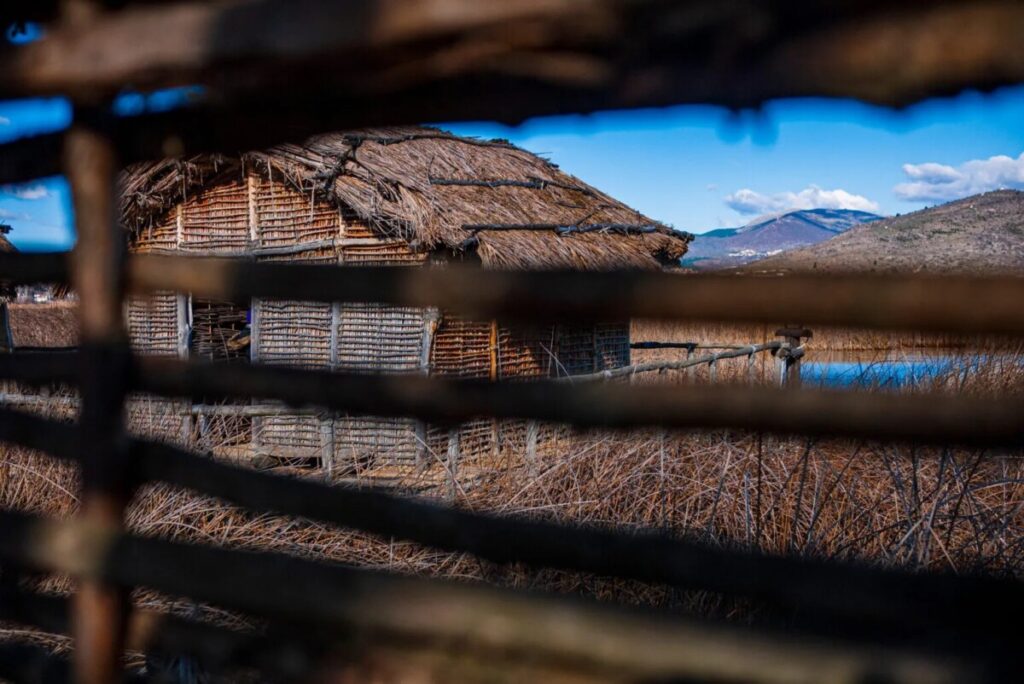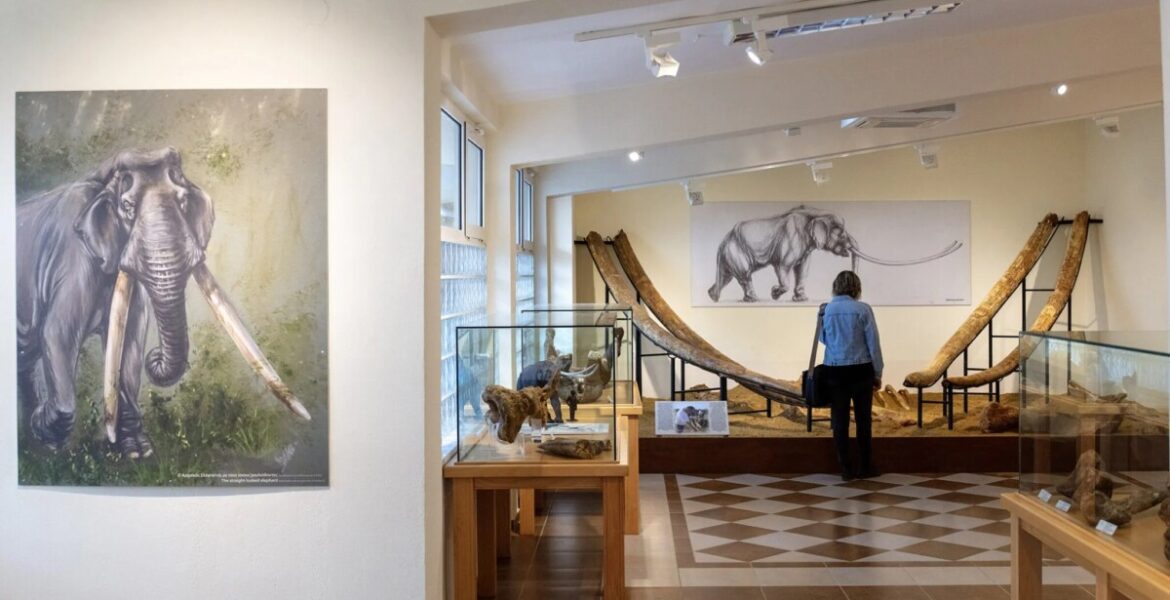Although the city of Grevena and its surrounding area is unjustifiable not a well-developed tourist destination, with whatever tourism existing related to the far better known and more popular eastern side of the former prefecture: the Vasilitsa Ski Center, the Valia Calda Valley, the hiking trails in Pindos, and mushroom gathering areas, the Natural History Museum - Milia, with findings unique to Greece and of global value, is making its own mark to the west and northwest of the city, where the regional unit of Grevena gives way to that of Kozani.
When traveling Grevena, it is absolutely worth dedicating some time to visit the Natural History Museum of Milia (or Milea), only 16 kilometres from the city. If you have children who – as so often happens – love dinosaurs and mammoths, then this visit is a MUST visit.
In the Jungles of Grevena
From the second half of the 20th century to the present day, the region of Western Macedonia is known as the ‘energy lung’ of Greece, with large lignite deposits that fuelled the power plants of Kozani, Ptolemaida, and Florina. This lignite originated from the forests that were covered with soil and eventually turned into coal.
It’s very difficult for us to imagine the broader area around Milia or the slopes of Ptolemaida and Kozani as vast jungles with dense vegetation and flowing water, but that was exactly what they were millions of years ago.


The lush flora created an ideal habitat for many species of wild prehistoric fauna. Mammoths, rhinoceroses, hipparions (small horses with three fingers), bovines, and machairodonts (large felids with slender and serrated canines considered relatives of today’s lions) thrived here.
Paleontological interest in the area commenced in the early 1990s. In 1997, perhaps coincidentally, the first significant discovery was made in a quarry-like facility, a sand mine. (the rich subsoil usually means a distant past with exuberant vegetation).
When researchers at the time saw something protruding at the top of a sand dune in the deposits of the Aliakmon River, they initially thought it was a rock. But it was a piece of bone from a large animal.
Systematic excavations revealed the bones and teeth of a proboscidean animal. The tusks found in a cross position were complete and reached 4.39 metres, some of the largest that human research has unearthed.
A decade later, even larger tusks were found in the same region. Their length, 5.02 metres, means – according to experts – that the animal they belonged to weighed over 6 tons, and its height up to the shoulders reached an astounding 3.5 metres.

These remarkable findings and many more are today showcased at the Natural History Museum of Milia. In the museum’s unique yet carefully organised space, around 2,000 artifacts “unlock” life in a region of Greece three million years ago, home to savannahs and tropical forests.
The curatorial and guided tour by the staff is exemplary and piques the interest of both young and adult visitors alike.
Before we visited the museum in Milia, we struggled to believe that in a small, and let’s be honest, largely unknown village in western Macedonia, there would be a museum hosting such significant and rare findings about the Greek context.

In prehistoric Western Macedonia
Milia was originally located further south, but its residents moved to the current location in the 1960s due to landslides. All that remains of Old Milia is the church of Agios Dimitrios, approximately 120 years old.
Milia is located 16 kilometres and approximately 20 minutes by car from the town of Grevena, 17 kilometres and just under 20 minutes from Siatista, and about 58 kilometres and 40 minutes by car from Kastoria.
If Kastoria is the main destination of your trip or you are passionate about prehistory, there you will have the opportunity to visit an archaeological park dedicated to very ancient times, albeit less ancient than those described in the Museum of Milia.
Just eight kilometres from modern-day Kastoria, on the beautiful shores of the homonymous lake, stands a “village” dating back to 5620 BC. For the Neolithic settlement of Dispilio and the representation of a way of life from the “dawn of humanity,” you can read more here.
READ MORE: The Museum of Refugee Hellenism was inaugurated at AEK Stadium – Photos.


